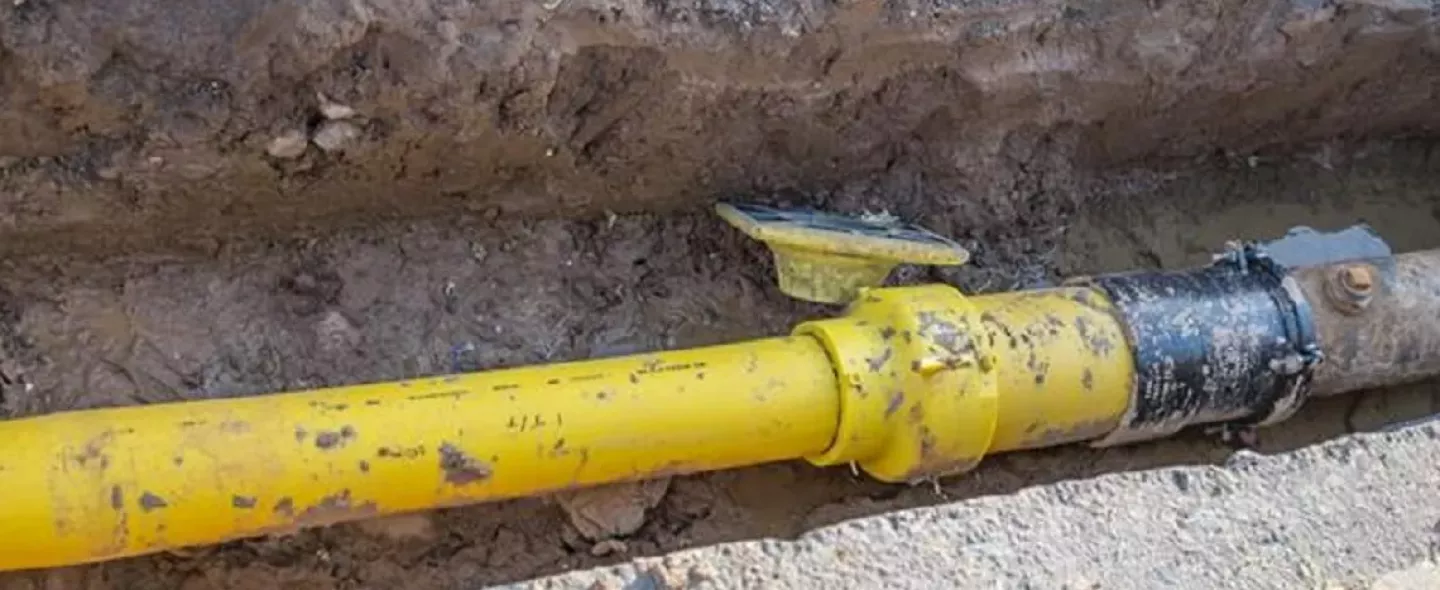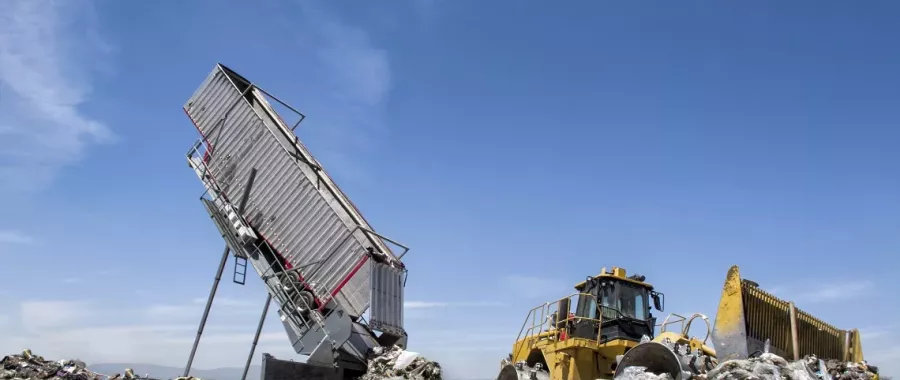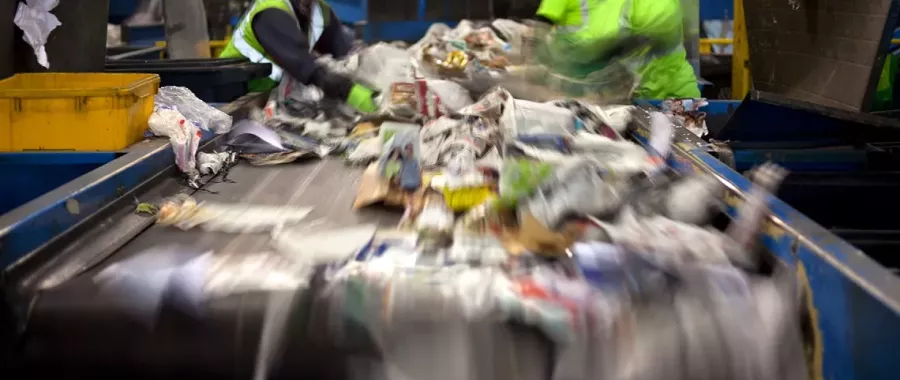With the Environment Agency (EA) RPS 211 set to be withdrawn on 31 January 2021, SOCOTEC has pulled together some key considerations for those in the utilities industry who will be affected by the change.
The Regulatory Position Statement (RPS) 211 applies to businesses who deal with excavated waste from utilities installation and repair works. Up until 31 January 2021, those businesses do not need to classify their excavated waste prior to disposal – as long as the amount of waste excavated was less than 10m3, and certain other conditions were met.
Waste volumes of this size will mean the RPS 211 typically applies to businesses digging small pits or trenches for utility installation. Any business producing over 10m3 of waste for utilities installations should already be classifying their waste in line with the hazardous waste technical guidance.
What will the withdrawal of RPS 211 mean to me?
Up until 31 January 2021, small volumes of waste (up to 10m3) produced as a result of unplanned utilities installations and repair works could be disposed of as non-hazardous waste as default, without the classification to prove it was non-hazardous - or determine otherwise.
The withdrawal of RPS 211, therefore, will require companies who are producing, transporting, keeping, processing, controlling, using or disposing of excavated waste from unplanned utilities installation of repair works to classify their waste – no matter what the volume.
Not classifying your waste will mean that, by default, the waste must be classified as hazardous. Hazardous waste disposal attracts higher gate fees for disposal. Furthermore, two different tax rates are associated with disposal to landfill, hazardous waste costs £91.35 per tonne sent to landfill (correct for tax year 2019/20). Non-hazardous waste sent to landfill costs significantly less, at just £2.90 per tonne.
To put this into figures, the equivalent of 10m3 of construction waste is approximately 18 tonnes. Therefore the tax element alone of hazardous waste disposal of that volume will cost circa. £1600; this is a dramatic increase from the circa. £50 of disposal costs to a non-hazardous landfill.
Instead of simply assuming the waste is non-hazardous, classifying your waste will give you an opportunity to prove your waste is non-hazardous, and therefore pay lower disposal costs. Alternatively, if classified as hazardous, the higher tax band and disposal costs will apply.
What do I need to do to be compliant?
The EA states, from 31 January 2021, that those excavating waste for the utilities industry should be:
- delivering an Environment Agency approved protocol for the classification and assessment of excavated utilities waste
- implement compliance with the legal requirement to correctly classify and assess this waste
If you are currently disposing of excavated waste labelled as ‘not assessed and classified in reliance of RPS 211’, then you will be dealing with waste under 10m3. Regardless of volume, you will now need to assess and classify excavated waste in line with the hazardous waste technical guidance. This will follow the same procedure as all other waste that did not previously meet the conditions of the RPS 211.
Compliant waste disposal tends to take the following form: correctly managing your waste, classifying it before disposal, and paying the appropriate fee and applicable landfill tax for the waste being disposed.
If waste has been stockpiled under the RPS, this will also require assessing from 31 January 2021 – or otherwise be classified automatically as hazardous.
Plus, reusing materials without a suitable permit, exemption or materials management plan can result in your being non-compliant. With the introduction of the Landfill Tax Policy on 1 April 2018, you can be penalised and charged for any waste disposed of at an unauthorised waste site.
What is the correct process for waste classification?
The withdrawal of RPS 211 will mean that those organisations must now classify their excavated waste to determine if the waste is hazardous or non-hazardous, with correct disposal routes.
To comply with waste classification guidance, WM3, there should always be an assessment stage, particularly when dealing with material of unknown origin or constituents, in order to accurately classify contaminants in waste or soil, and determine whether they are hazardous, or non-hazardous.
With an appropriate EA approved protocol required from 31 January 2021, you should produce a sampling plan to outline the appropriate number of samples and sample density required to accurately and efficiently classify waste in line with guidance. An environmental consultancy can support with this; SOCOTEC can help you with your appropriate protocol for the EA, as well as sampling, analysis and classification of your waste.
Waste classification is a two stage process. Firstly, representative samples of the soil are subject to laboratory analysis and the data is used to classify the material as either hazardous or non-hazardous waste, following the procedure in Environment Agency Document WM3.
The result of waste classification is a List of Waste code, which defines the source of the material and whether it is hazardous or non-hazardous. Common examples are 17-05-03* for hazardous soils and 17-05-04 for non-hazardous soils.
Once the List of Waste code has been determined, WAC testing may be required if the soil is intended to be disposed of to landfill. Options include:
If the material is classified as non‑hazardous, there are two potential landfill disposal routes, depending on the outcome of WAC testing. If the non-hazardous material passes inert WAC testing, it may be disposed of at an inert landfill, which is generally less expensive than a non-hazardous landfill. If the non-hazardous material fails inert WAC testing, or no WAC testing is carried out, the material should be disposed of at a non-hazardous landfill.
Material classified as hazardous will require hazardous WAC testing prior to disposal. If the soil exceeds hazardous WAC criteria it cannot be disposed of in a landfill without treatment to get it to ‘pass’ the WAC criteria.
In some cases such as clean natural materials, it may be possible to dispose of the soil directly as inert waste without carrying out testing and classification.
Where should you send your waste? Download the infographic
My waste is classified as hazardous – can anything be done to make it non-hazardous?
Depending on the level of contaminants present, it may be possible to reduce a preliminary hazardous classification to non-hazardous.
Contaminated land and waste experts can assess the data and potentially amend the classification using statistics, based on the site history, or through knowledge of chemistry.
It may also be possible to delineate the area of hazardous material from surrounding non-hazardous material to reduce the volume of soil requiring expensive disposal at a hazardous landfill. This is usually the case for larger volumes, but there is a potential to delineate areas that generate 10m3. Furthermore, it may be possible to treat material to reduce the level of contaminants causing the hazardous classification.
SOCOTEC can help you with your appropriate protocol for the EA, as well as sampling, analysis and classification of your waste.
For more information about classifying waste, please click here.
Get in touch
If you would like to speak to one of our environmental consultants about your requirements, please contact us.



